3D Printed Model of Heart Tumor Helps Doctors Choose Treatment Path for 16-year-old
Bradley White, 16, was suffering from an irregular heartbeat. The medical staff at Cincinnati Children’s Hospital was proceeding cautiously as they knew the problem was being caused by a tumor on his heart. Doctors found the tumor when Bradley was three. Having enduring a childhood rife with surgeries (several open-heart) and the insertion of a defibrillator implanted to protect him from sudden cardiac death as a young child, obviously there was more than enough reason to take extra precautions.
With an urgent need to understand what was going on, Dr. Michael Taylor, Director of Advanced Imaging atThe Heart Institute, and his team contacted Materialise to create a 3D-printed replica of Bradley’s heart from his CT scan data.
With a proven track record in providing 3D-printed medical products, Materialise professionals went to work, uploading the data from Bradley’s CT into their Mimics Innovation Software, which allows them to customize which parts of the anatomy they need to print. After that, Todd Pietila, Materialise cardiovascular specialist, created the model and put a 3-D printed “copy” of Bradley’s heart and tumor into the hands of cardiologist Dr. Timothy Knilans, and cardiac surgeon Dr. David Morales.
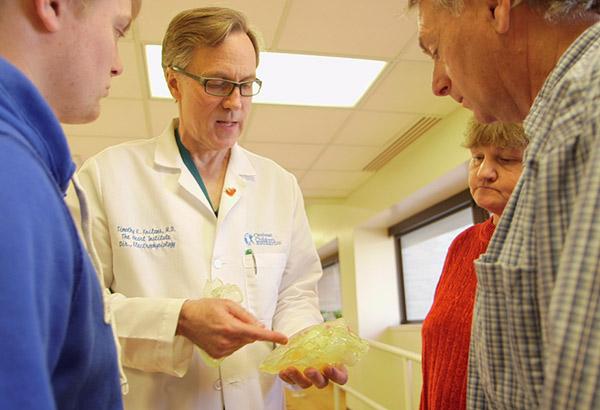
The findings were serious as they inspected the model and realized operating on the tumor was too risky for Bradley’s health. Instead, they performed a series of ablations, which were successful, in a process which involves insertion of catheters in a blood vessel in the arm, groin or neck. The catheters are threaded through the blood vessels to the heart. Doctors then apply heat or cold to destroy abnormal heart tissue causing the heart rhythm.
Dr. Morales, a renowned pediatric cardiovascular surgeon, says, “I took a photo of the Materialise model and took it to a national meeting with me. To me, this is the future. 3D-printed models are the ‘next major step’ in imaging and pre-operative assessment.”
Visual aids are one thing, but Bradley White’s case turned out to be another striking example of how 3D printing replicas of organs and body parts from data collected non-invasively can take everyone working on the case full circle–from the doctors to the patients and to the family too, due to the high level of assessment, education, and communication afforded by the detailed models.
According to Bradley, “I always thought my tumor was the size of a quarter and didn’t realize how large it was until I saw the Materialise model. Having the model really helped me to better understand my condition. I will keep it forever. It’s one of the coolest things I’ve seen by far. I’m looking forward to showing my friends.”
Bradley can go back to being an active teenager busy at school and church, playing sports, and hanging out with his buddies. 3D printing in the medical industry is making life easier (and sometimes possible) for patients and doctors, as everyone is able to clearly comprehend what was going on, as was the case with Bradley—including his friends at school!



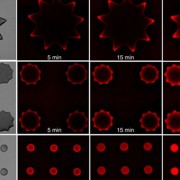
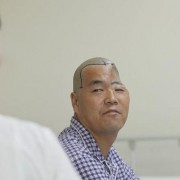
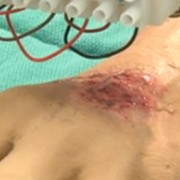
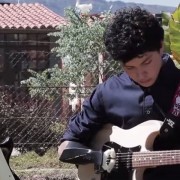
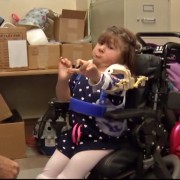
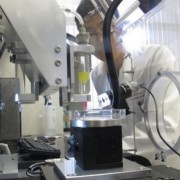
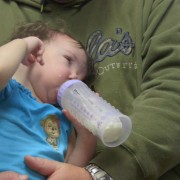



Leave a Reply
Want to join the discussion?Feel free to contribute!